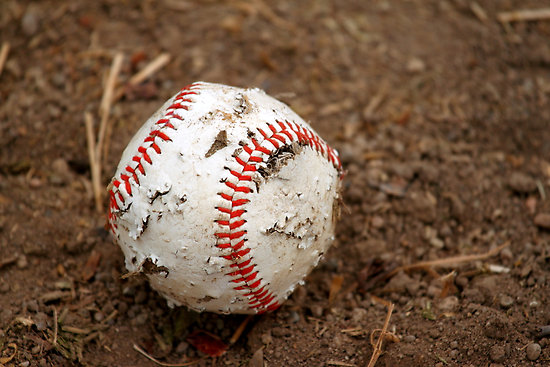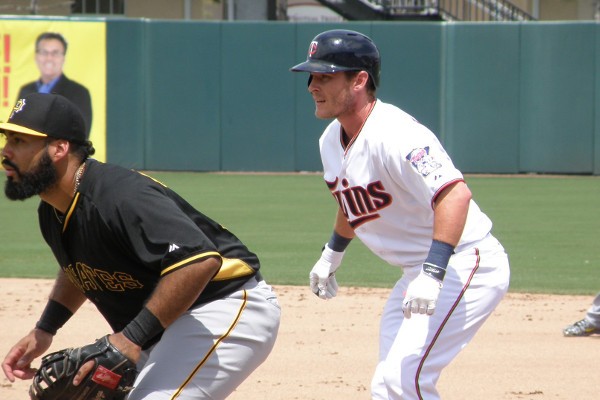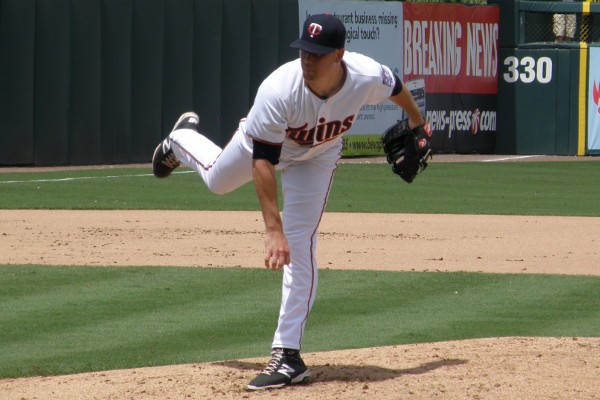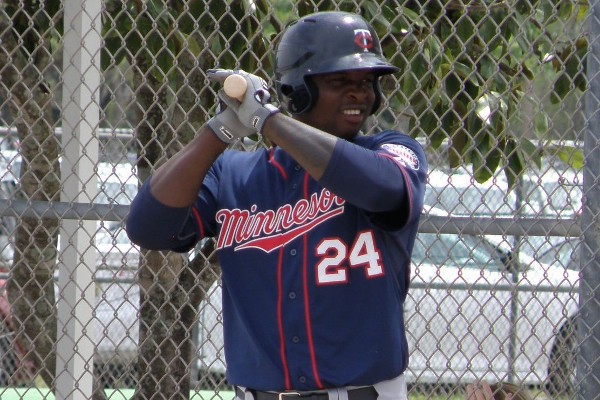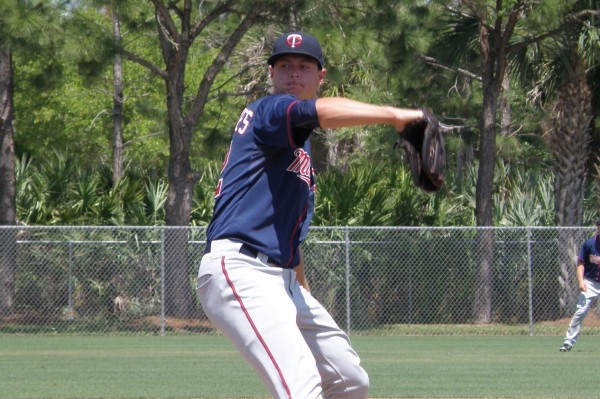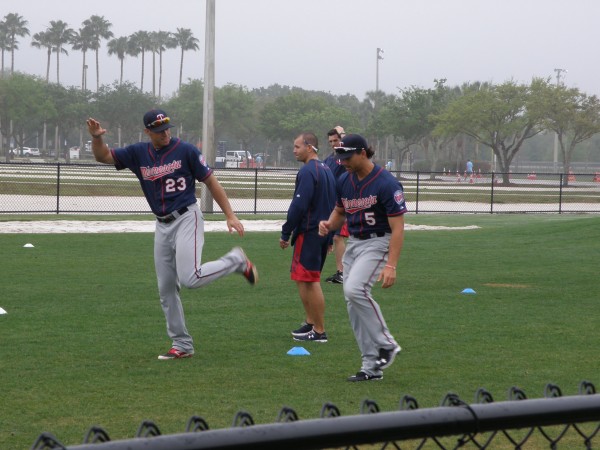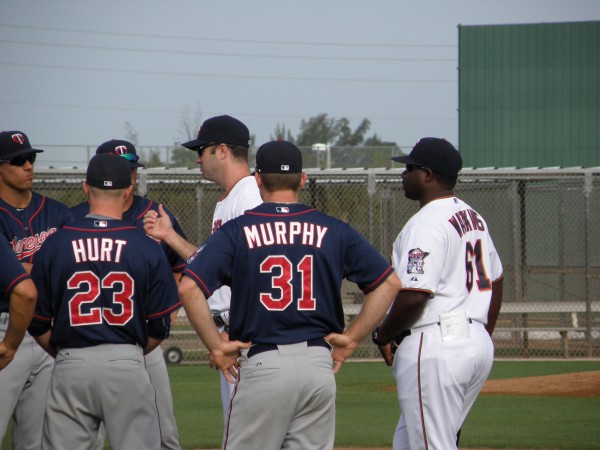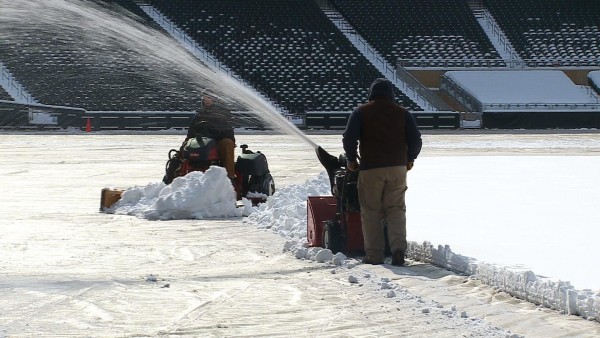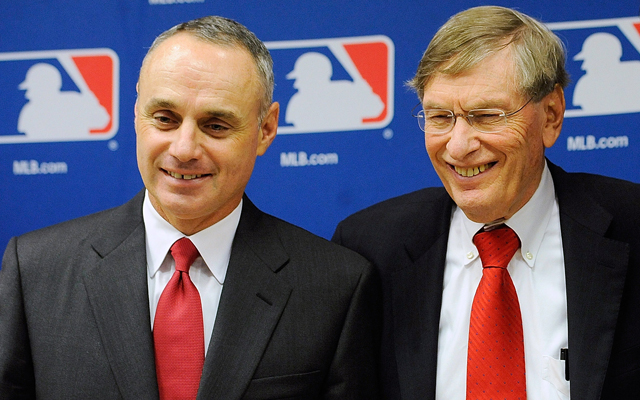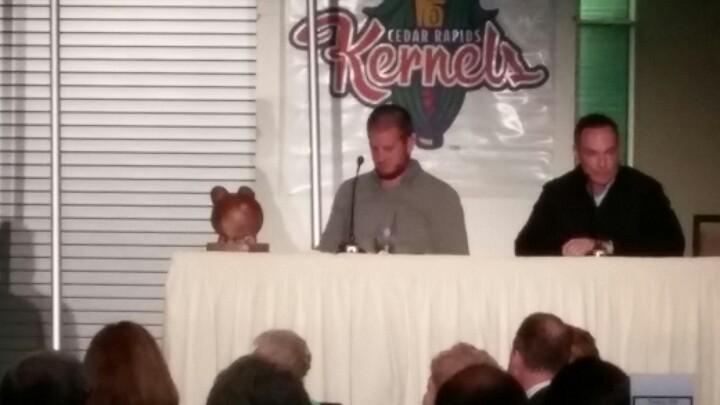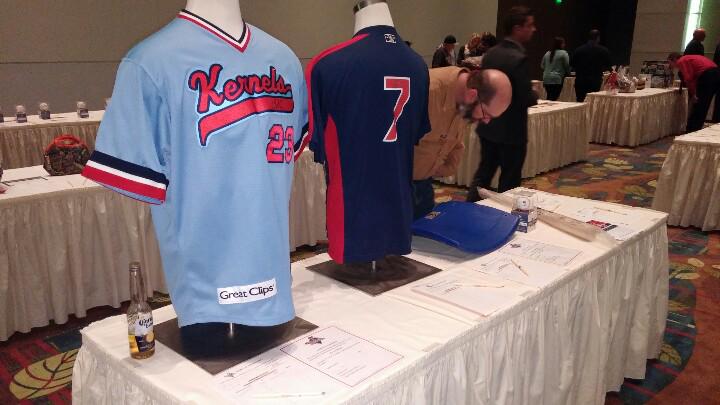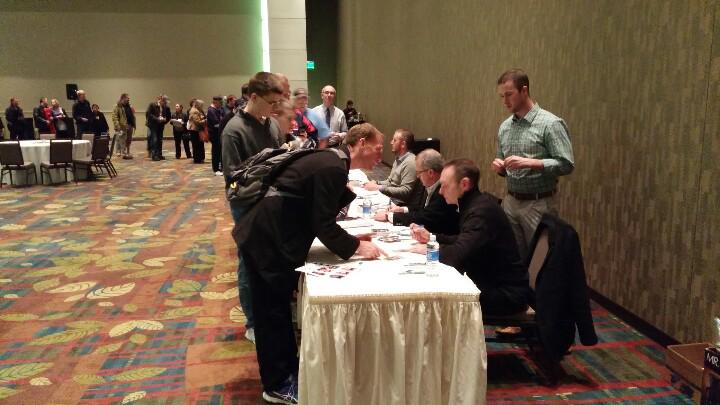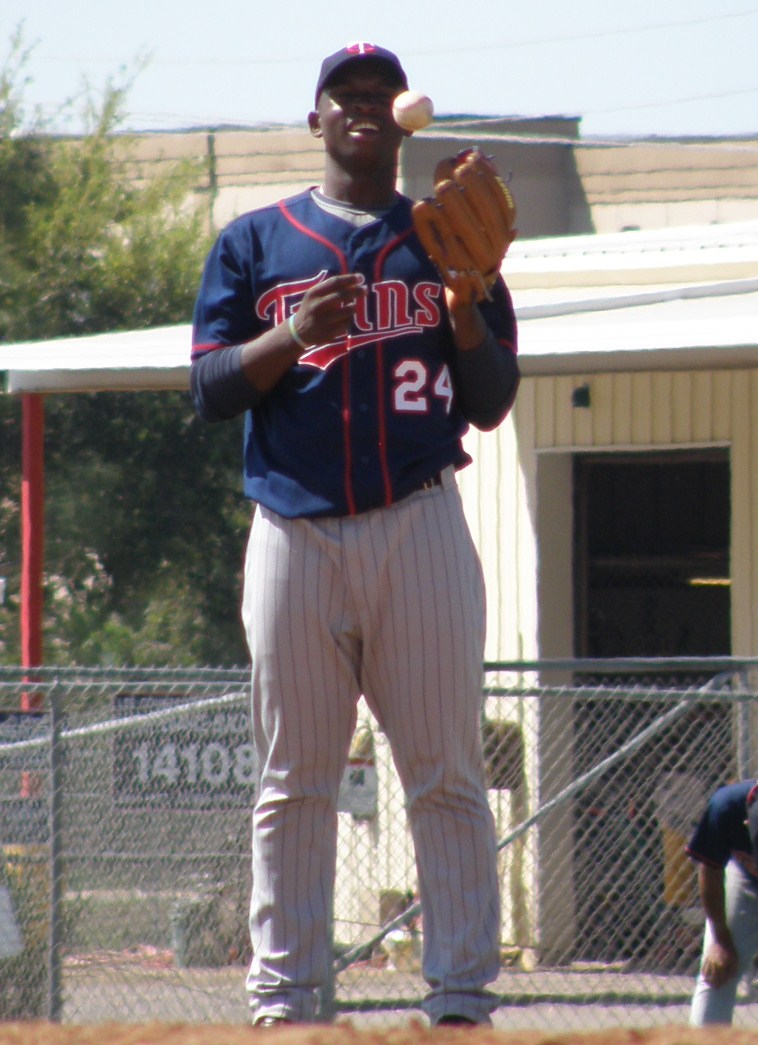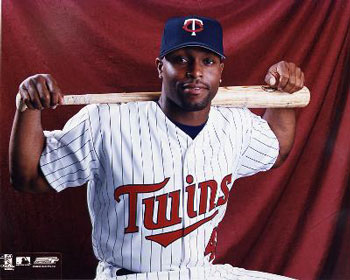It may not be what casual baseball fans want to see, but in most cases and at most levels of professional baseball, the teams with the best pitching win the most games. Sometimes, it really is that simple.

It arguably has been exactly that simple for the Cedar Rapids Kernels over the course of the first three weeks of their season.
The Kernels are 11-7 on the year and sitting in a second place tie behind the Quad Cities River Bandits in the Midwest League’s Western Division standings. They open their first series with the Bandits on Tuesday in Davenport.
Cedar Rapids’ offense has been, at best, a bit streaky. They sit at or near the middle of the MWL pack in most hitting categories, though they have managed to score the fourth-most runs in the league.
But, through the weekend’s games, Kernels pitchers lead the MWL in team ERA (2.27), strikeouts (187) and WHIP (1.09).
When you see team numbers like those, obviously it’s not just one or two guys carrying the load.
The Kernels are consistently getting quality work out of their starting rotation and their bullpen has been locking things down in the late innings.
Manager Jake Mauer and pitching coach Henry Bonilla have primarily used six pitchers in their rotation, so far. Stephen Gonsalves, Mat Batts, Felix Jorge, Michael Cederoth, John Curtiss and Jared Wilson have accounted for all but two of Cedar Rapids’ starts this year.
Zack Tillery has one spot start and Twins pitcher Ricky Nolasco started Sunday’s game on a rehabilitation assignment.
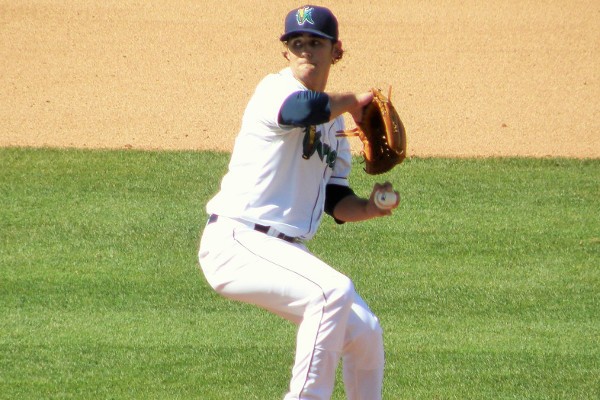
Gonsalves, Batts and Jorge each have ERAs at 1.50 or better, with Gonsalves leading the team at 0.90.
The success of Gonsalves and Batts is impressive, but not entirely unexpected. The two pitchers combined to make 13 starts for the Kernels last season and both were being counted on from the season’s onset to make strong contributions again in 2015.
Jorge’s success was far from a sure thing, however, at least in the minds of fans who only saw his work on the mound for Cedar Rapids early last year. In 2014, he put up a 2-5 record in 12 appearances (including eight starts) and amassed a 9.00 ERA before being sent back to Extended Spring Training by the Twins.
Jorge turned his year around with a solid season at rookie-level Elizabethton, but nobody was quite certain what to expect from the 21-year-old righthander during his second shot in the Midwest League.
“This was the Jorge we thought we were getting last year,” Mauer said recently. “It’s a lot of things. Here it was freezing cold, he probably didn’t get comfortable right away.
“He’s got a different look to him (this year). He’s way more confident. He’s worked really hard with Henry as far as his timing, when his hands break. he seems to be way more in rhythm than he was last year. If you can be way more in rhythm, you’re going to throw a lot more strikes.”
Bonilla, who was also Jorge’s pitching coach in Elizabethton last year, is happy to see the improved version of the pitcher this season.
“It’s good to see him get some good games under him early, especially with the cold,” Bonilla said over the weekend, of Jorge. “I think the cold kind of had him a little bit last year. But he’s kind of taken responsibility for that and he’s gone forward.
“Ultimately, at the end of the year, you can hopefully start seeing his (velocity) get back to where it was when he was a young kid and his delivery get down in the zone a little bit. His breaking balls are coming along pretty good.”
Bonilla thinks Jorge was primarily throwing an 88-89 mph fastball a year ago, which is not what the Twins were expecting when they gave the then-17-year-old Domincan a $250,000 signing bonus in early 2011.
“That’s not really what he is. I think he’s kind of getting back to it. We’re doing some stuff mechanically. Hopefully, by the end of the season, we’re talking more plan and location, instead of delivery, with him.”
Of course, the downside for Kernels fans to having pitchers get off to hot starts is that the fans may not get many more opportunities to watch those players in Cedar Rapids. They are all just a phone call away from a promotion to the class high-A Fort Myers Miracle.
Batts, at 23 years old, might be a guy the Twins want to push up a level as soon as he appears ready and, between the end of last season and his start to the current campaign, the Twins could be getting close to wanting to see what he can do against more mature hitters.
It may be likely that the parent club would want to see Jorge demonstrate more extended success in the Midwest League, given his false start at this level a year ago.
Gonsalves doesn’t turn 21 until July, but his manager feels the Twins’ fourth round pick in 2013 has already shown just about enough to move up a level.
“He’s getting close,” Mauer said recently, when asked if he thought Gonsalves might be ready for a promotion. “I’d like to see a little more shape on his breaking ball, but he’s dominated the teams that he’s thrown against. If he gets a breaking ball, he’s going to be really dangerous. Really, really dangerous.”
Gonsalves’ velocity on his fastball has ticked upward this season but his manager doesn’t think he’s topped out yet.
“I think it’s going to even get better. As he keeps maturing, I think he’s going to be a 94-95 (mph) guy. I really do. When he gets his ‘man-muscles,’ as they say. I think he’s really going to bring it.
“He’s thrown some better this year. Some breaking balls have had some shape, compared to last year. He gets bigger and stronger, that ball will have even more shape. He’s got a good change up. But I think he’s going to run it up there pretty good.”
The bullpen could be ripe for plucking by the Miracle, as well, if the need arises.
It’s a bullpen that even their manager had expressed some nervousness about at the onset of the season.
“We didn’t know who was going to step up,” Mauer recalled over the weekend, ”and they’ve been outstanding. Really, really good.”
The nine pitchers who have made relief appearances for the Kernels have put up a combined 1.92 ERA out of the pen.
Relievers Cameron Booser (1.13), Trevor Hildenberger (1.00) and Michael Theofanopoulos (1.74) are each sporting sub-2.00 ERAs for the Kernels.

This crew has brought some heat in April.
The only full-time reliever who hasn’t averaged a strikeout per inning is newcomer Miles Nordgren, who has made just two appearances since joining the Kernels as the replacement for Curtiss, who went on the disabled list with a concussion. And, while Nordgren hasn’t been a strikeout machine in those two appearances, he also hasn’t given up a run.
In that regard, he joins Tillery and Wilson, neither of which have surrendered an earned run in their relief appearances.
Bonilla is glad to see his staff get off to a good start, before the hitters start to catch up to them.
“They’re taking advantage of the cold and that’s a good thing,” the pitching coach explained, “because once it gets warm, the bats get hot, too. Those guys want to swing the lumber. It’s good numbers-wise. It’s a confidence boost a little bit.”
But Bonilla believes the hot start for his pitching corps is important for reasons that go beyond the obvious results on the field. He believes that early success also aids individual development.
“There’s some things each guy is working on – his own individual plan and the goals we have for him,” he explained. “It’s good to get off to a fast start because it builds confidence in the season and they’re more open to do things that maybe they werent – that they’re reluctant to do when they’re struggling.
“When you’re struggling, you want to get back to what you’re comfortable with. So we can maybe add a few things like maybe sink the ball a little bit more to certain guys – working on breaking balls. They’re a lot more open, when you’re having success, to do things. When you’re struggling, you’re just grinding away.”
If the Kernels can keep most of this pitching staff intact and the bats in the lineup can heat up as the weather warms up, Cedar Rapids could be a serious Midwest League contender in 2015.
– JC

